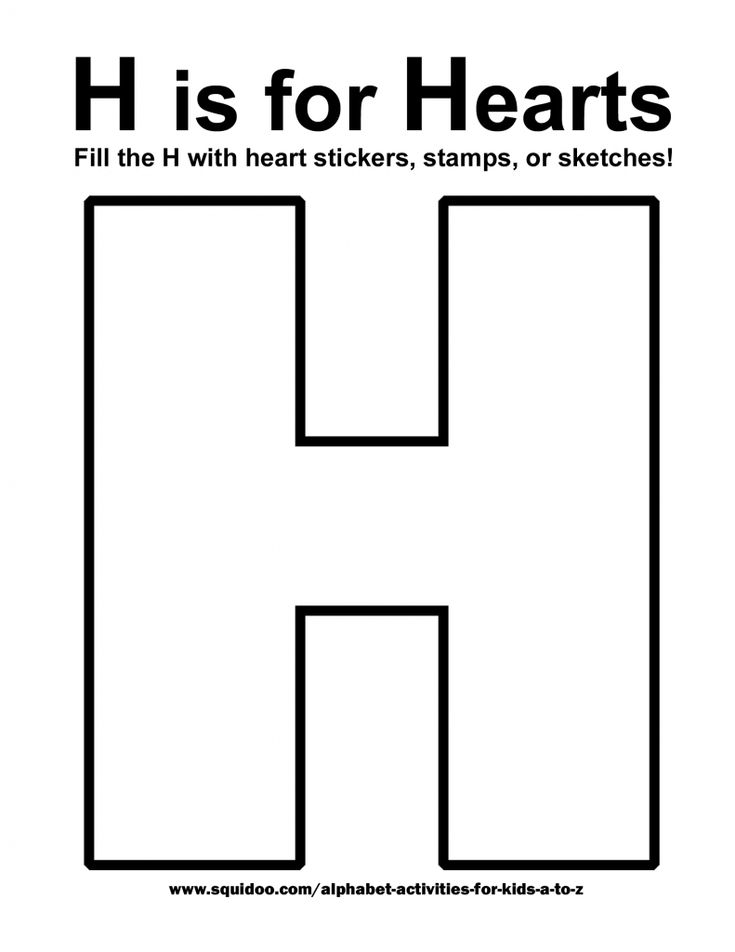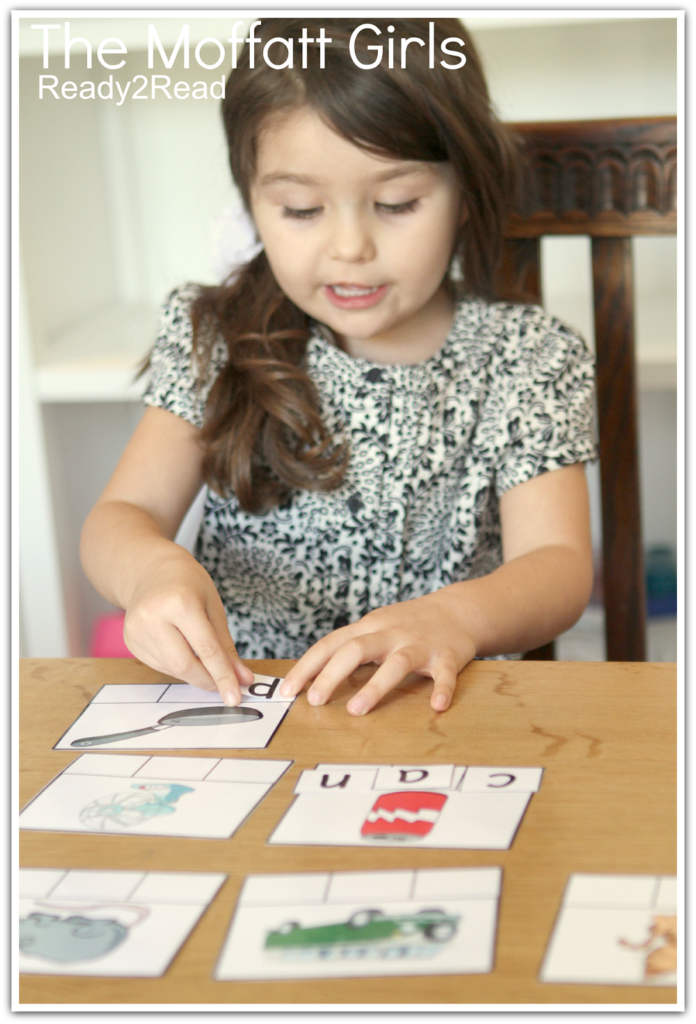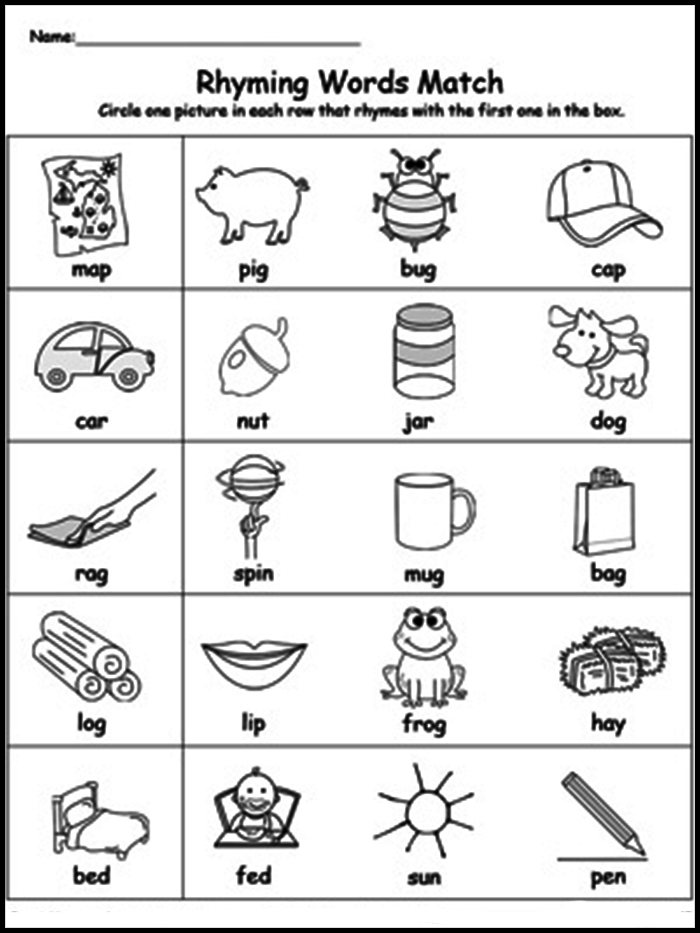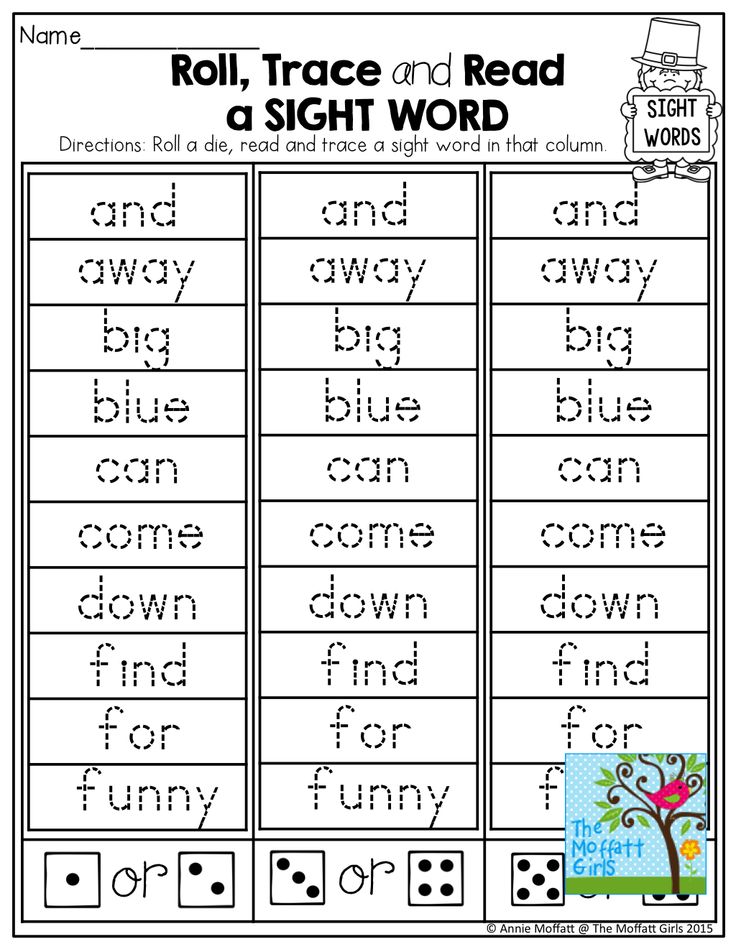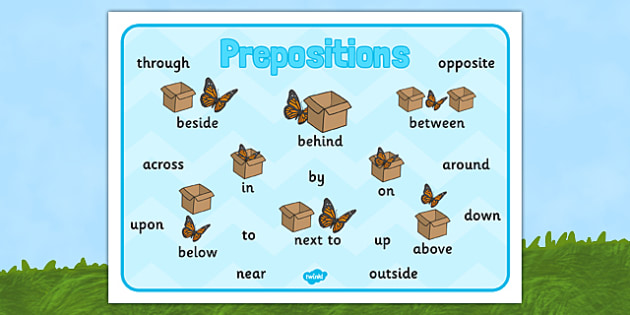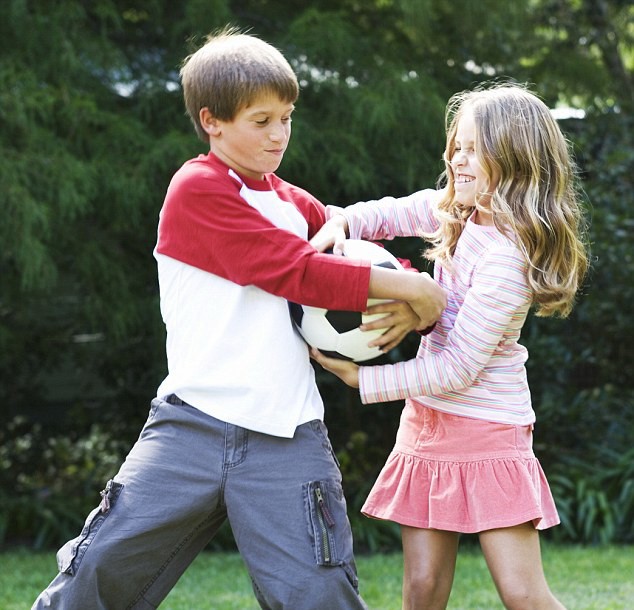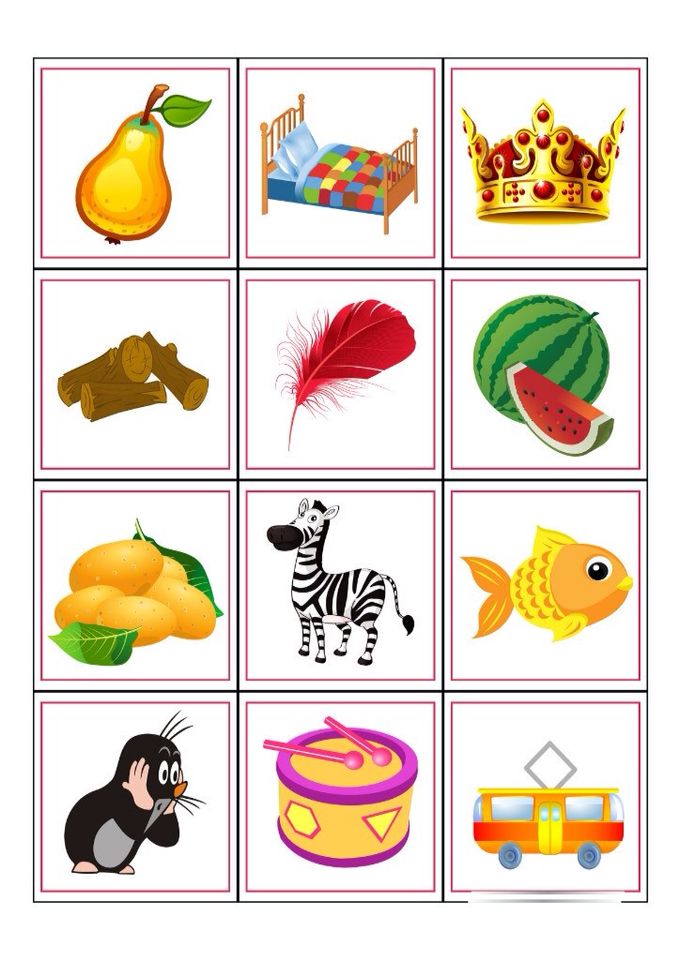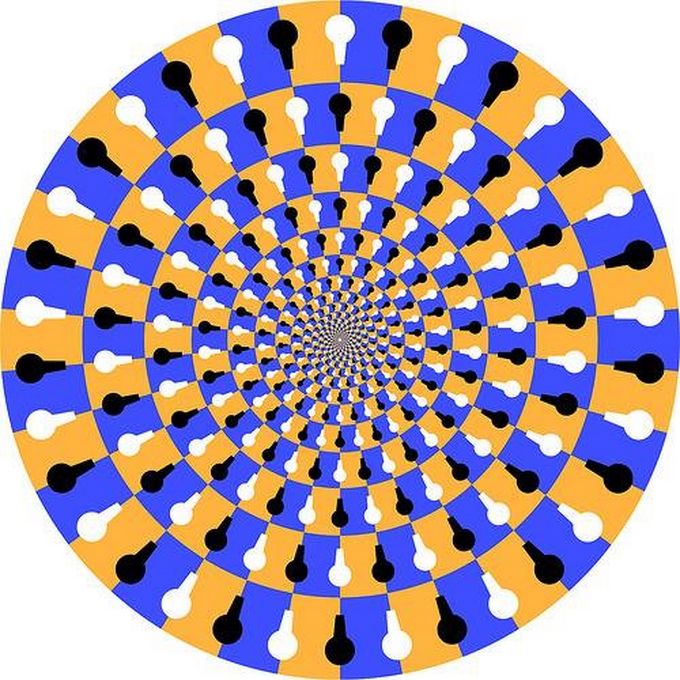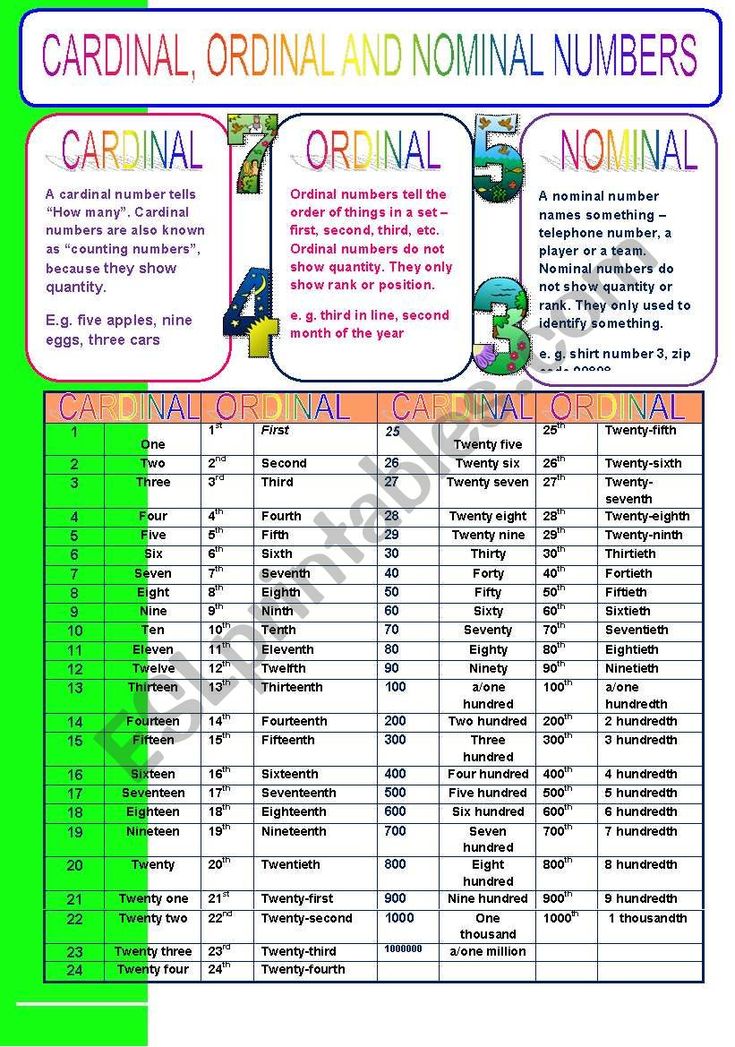Working with words games
8 Activities to Make Word Work More Fun
Centers | CVC & CVCe Words | Featured | Reading | Sight Words
An essential part of literacy instruction in kindergarten is word work. Word work allows students to practice applying the phonemic awareness, phonics, and sight word skills they’ve been learning during their lessons. In order to keep students on task and motivated to learn, check out these 8 word work activities for making word work fun.
Why is Word Work Important?
In kindergarten, students are exposed to a variety of different reading skills, such as phoneme (sound) isolation, sight words, CVC words, rhyming words, word families, blends and digraphs, CVCe words, and the list goes on. By working with words in a meaningful way each day, students gain a deeper understanding of the sound and spelling patterns in words, grow their sight word knowledge, and expand their vocabulary.
#1. Scootin’ for Words
This word work activity is a great way to get students out of their seats and actively learning. To prep, grab a stack of notecards and write 1 word on each notecard. You can write sight words, CVC words, or CVCe words. Place a notecard on each student’s desk. Students will need a whiteboard and a dry-erase marker.
Students will stand behind the desk, read the word on the notecard, and write it on their whiteboard. When the teacher says “Scoot,” all students will scoot to the desk next to them, moving clockwise. They’ll repeat the process by reading and writing the next word.
After each “Scoot,” randomly call on a student to read you their word. This is a great way to spot check students and keep them on their toes. To differentiate this activity, you can scramble the letters on the notecards and have students read the word, unscramble it, and write it correctly on their whiteboard.
#2. CVC Mazes
CVC mazes are a fun word work activity for practicing CVC words.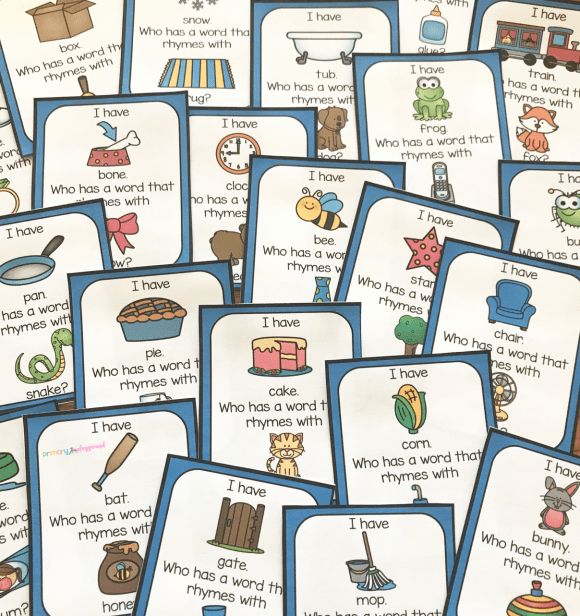 To play, write CVC words on notecards or use CVC picture cards if you have them. Place the cards in a deck face down. On a whiteboard, draw 26 circles and write the letters of the alphabet inside.
To play, write CVC words on notecards or use CVC picture cards if you have them. Place the cards in a deck face down. On a whiteboard, draw 26 circles and write the letters of the alphabet inside.
Students will draw a card, read the word, and use a manipulative such as wiggly eyes, mini erasers, or plastic cubes to cover the letters that make up the word. If the word has the same letter as the beginning and ending sound, such as the word “bib,” students will stack their manipulatives on that letter to show that it is used twice in that word. Lastly, they’ll use magnetic letters to build the word.
#3. Kaboom
Kaboom is a high-energy word work game that you can use to practice any type of word. To make your own DIY Kaboom game, write words on 25 popsicle sticks. You can use sight words, CVC words, words with beginning blends or digraphs, etc. Place the sticks word side down in a jar or plastic cup. Write the word “KABOOM” on 5 popsicle sticks and add those to the jar.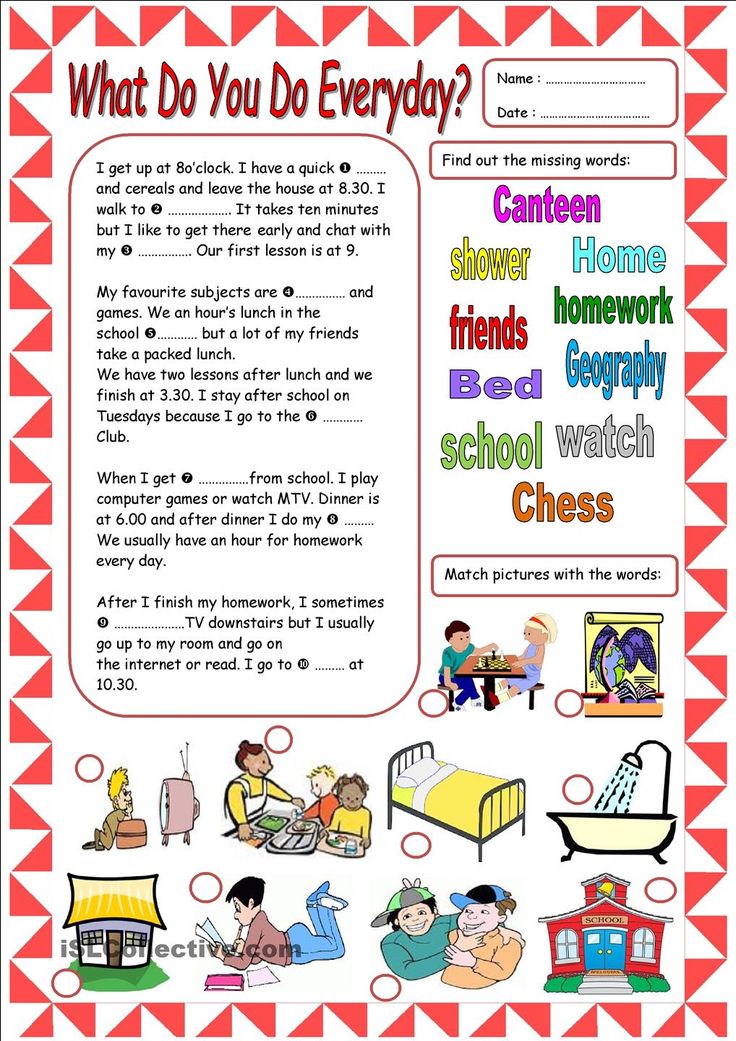
Students will draw a stick and read the word. If they read the word correctly, they get to keep the stick. If they read it incorrectly, it goes back in the jar. When a student pulls a KABOOM stick, they must put all of their popsicle sticks back into the jar and place the KABOOM stick in a discard pile.
Play continues as students take turns drawing sticks and reading the words. When the 5th and final KABOOM stick is pulled, students count up the number of sticks they have and the player with the most is the winner!
You can make this game work for word family words by using less popsicle sticks and KABOOM sticks and making smaller sets for each word family. You may use 10 word sticks and 2 KABOOM sticks per set.
#4. Word Searches
One of the most popular word work activities is word searches! Students love putting on their detective hat and searching for hidden words. You can hide any type of word in a word search to help students practice different literacy skills such as CVC words, CVCe words, short vowel words, long vowel words, or even sight words or word family words.
To make your own word search, draw a 5 x 5 table on the whiteboard. You may want to do this while your students are at specials, recess, or before school so they don’t see where you hide the words. 🙂 Choose 3-5 words to hide in the word search, writing those in the spaces first. Then, fill in the extra spaces with random letters.
To play, have students take turns coming up to the whiteboard and using a dry-erase marker to shade in the letters for the words they find. If you have magnets, they can use these to mark the letters as well.
Make this easier by writing the words they’re looking for off to the side. Students can mark them off as they find them. To make this more challenging, have the students find the words independently and then write them off to the side.
#5. Tic-Tac-Toe Words
To play Tic-Tac-Toe Words, draw a simple Tic-Tac-Toe board on the whiteboard. Write a word in each space. Again, you can practice any type of spelling or sound pattern with this game.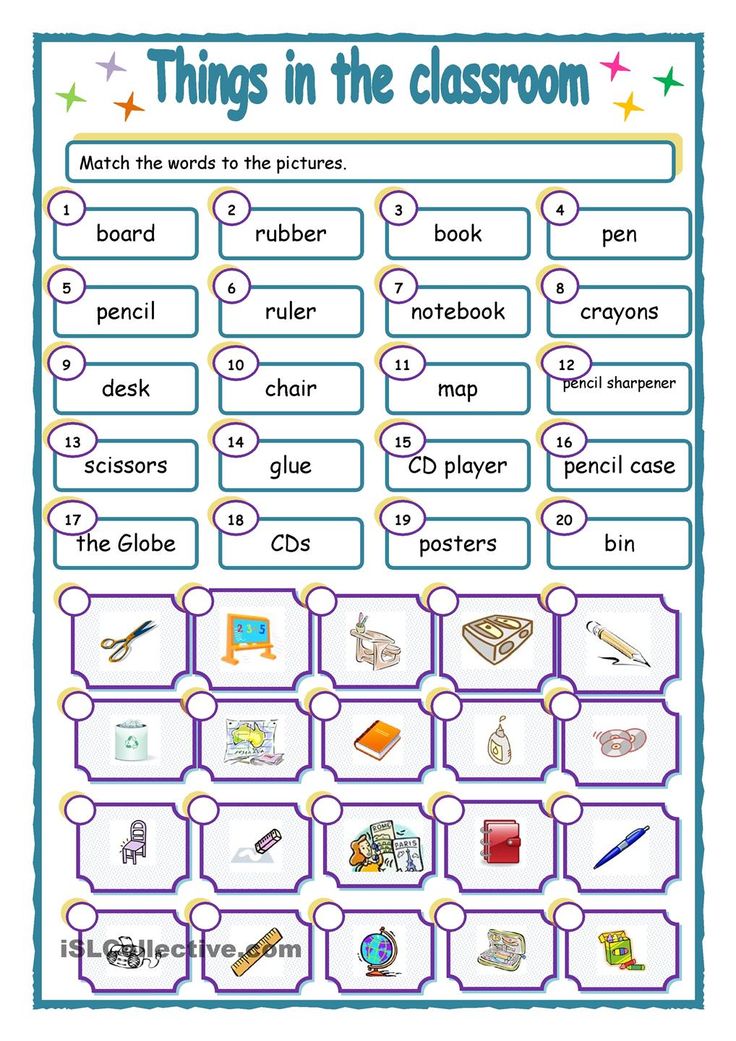 Split your students into 2 teams.
Split your students into 2 teams.
Students will take turns representing their team and choosing a word. If they get the word correct, they get to mark and X or O on that space. If they don’t say the word correctly, their team’s turn is over and the next team chooses a word. Play continues until one team gets 3 in a row. Continue playing a few rounds in order to let each student get a chance to represent their team.
This would also be a great partner game during small groups. You can draw several game boards on the whiteboard and have students spread out and play in pairs.
#6. Word Work Boom Cards
To add a digital spin to your word work activities, Boom Cards are the perfect choice. Boom Cards allow students to practice a variety of skills, such as CVC word families, CVCe words, L blends, digraphs, and more.
There are many pros to using Boom Cards for word work. Not only are they interactive and fun, but they include audio directions, making it clear for students to know exactly what they are supposed to do. There are also audio picture names, so students are never guessing what the picture is.
There are also audio picture names, so students are never guessing what the picture is.
Plus, to save you grading time, Boom Cards are self-checking and give students immediate feedback on their responses. Boom Cards are an effective way to encourage independence in your classroom and allows you to spend focused time with other students during small groups, literacy centers, or morning work time.
#7. Make a Muffin Words
Just the sight of this word work activity will have your students excited and ready to play. To prep this activity, write words on cupcake liners and place a liner in each spot in a muffin tin. Students will toss a small ball or dice into the muffin tin. They’ll read the word they landed on, and if correct, they get to keep the word. If they don’t read it correctly, the word stays in the muffin tin.
After all of the words have been removed, the player with the most words at the end of the game is the winner. You can practice sight words, word family words, words with blends or digraphs, etc.
To practice phoneme substitution with CVC words, you could have the students change a sound to make a new word. You can also write a word family on the cupcake liners and have students say any word in that word family. The options are endless!
#8. Paint Strip Puzzles
This word work activity requires nothing more than paint strips that you can snag (usually for free) from your local hardware store. Write words on the paint strip, placing one letter in each space. In one space, write the entire word. Most paint strips have 6 spaces, so this is a great way to work on larger words, such as CVCe words, words with blends or digraphs, or sight words.
You can trim the paint strips as needed if you don’t use every space. Next, cut the paint strip so the letters and word are separated. Mix them up and have students build the word, putting the pieces back together like a puzzle. For easy storage, write the word of focus on the outside of a snack-size baggie and store the pieces inside.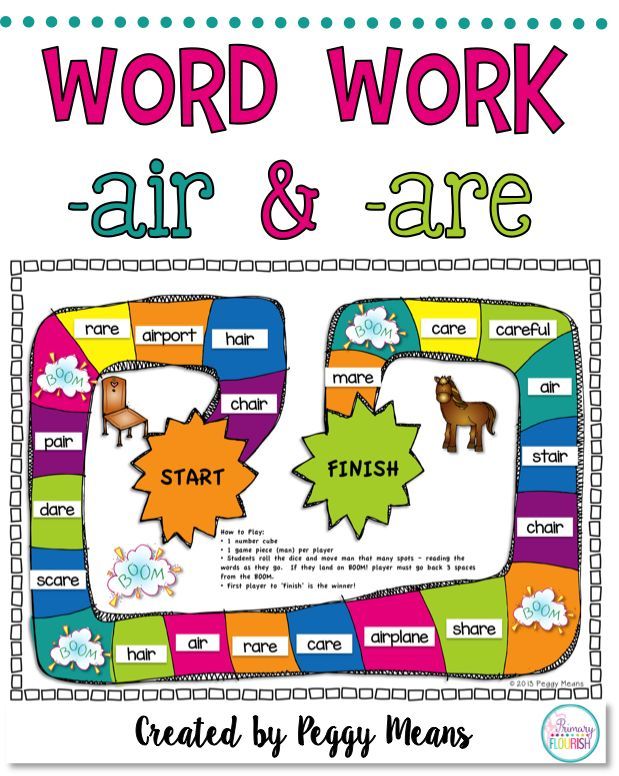
I hope you’re excited to implement these fun and simple-to-prep word work activities into your classroom. With repetition and practice, your students will be growing their skills and becoming young readers in no time!
Post Tags: #DIY centers#literacy centers#word work
Similar Posts
Word Work Activities - Lucky Little Learners
Written by: Angie Olson
13.4K shares
- Share720
- Tweet
Word work is an essential piece of the school day. It can be practiced during daily 5, literacy centers, spelling practice, or whole group lessons. Word work can even be done for a distance learning option. The important part isn’t when it is practiced but instead why and how.
What is Word Work?
Word work is the practice of working with words in some capacity. This can be working with a phonics pattern, memorizing sight words (also known as high-frequency words), looking at word families, producing rhyming words, practicing prefixes and suffixes and so much more. Word work is important because it helps students develop into better readers, spellers, and writers.
Word work is important because it helps students develop into better readers, spellers, and writers.
Word Work Activities
There are many word work activities that students can do throughout the school day and at home to help them to become better readers, writers, and spellers. Some of my favorite are the ones listed below because the activities don’t require any prep and the sheets are simply print and go! Click the links provided to download your favorite activities!
***Disclaimer: Most templates are provided for 10, 15, and 20 word lists!
Digital Spelling Activities are also an option!
Spelling Toothy™
Spelling Toothy™ is a lot of fun! Students partner up. Partner A gives partner B a word from the list. Partner B writes the word. If the word is written correctly, he/she gets to draw a tooth in Toothy’s mouth. Partners switch roles once the list is finished.
Partners switch roles once the list is finished.
Roll It Rainbow Spelling
Students choose a spelling word from their list. Then he/she rolls the dice and writes the word in the color that matches the dice roll. The student can use markers, colored pencils, or crayons for this activity.
Download Roll It Rainbow Spelling HEREWrite Your Words
Before making a copy of this sheet, the teacher writes the spelling words in the left column. The student then uses a pencil, pen, and marker to complete the activity.
Download Write Your Words HEREGuess My Word
This word work activity is very similar to the game “Guess Who”. Students play this game with a partner. Both partners have the same words and place them inside a privacy folder so they can read the words. Partner A chooses a word card and Partner B asks questions such as, “Does your word have the /a/ sound?”. Partner B turns over any cards that don’t fit. Partners continue asking yes or no questions until the word is figured out.
Spelling Tic Tac Toe
Options are good and this spelling tic tac toe sheet is a great option for students! This sheet can be sent home or used in the classroom and instantly provides some great word work options!
Download Spelling Tic Tac Toe HERERoll It
Roll It is a fun word work activity where the student chooses six spelling words that are tricky for them. Those six words get written along the top under each dice. Then the student rolls the dice and writes the word in the appropriate column. The student keeps rolling until all of the columns are filled.
Download Roll It HEREScribble Spelling
Scribble Spelling is a student favorite! Give students this scribble spelling template and a variety of markers. Each space on the scribble spelling mat gets a word and it is written with the same color repeatedly.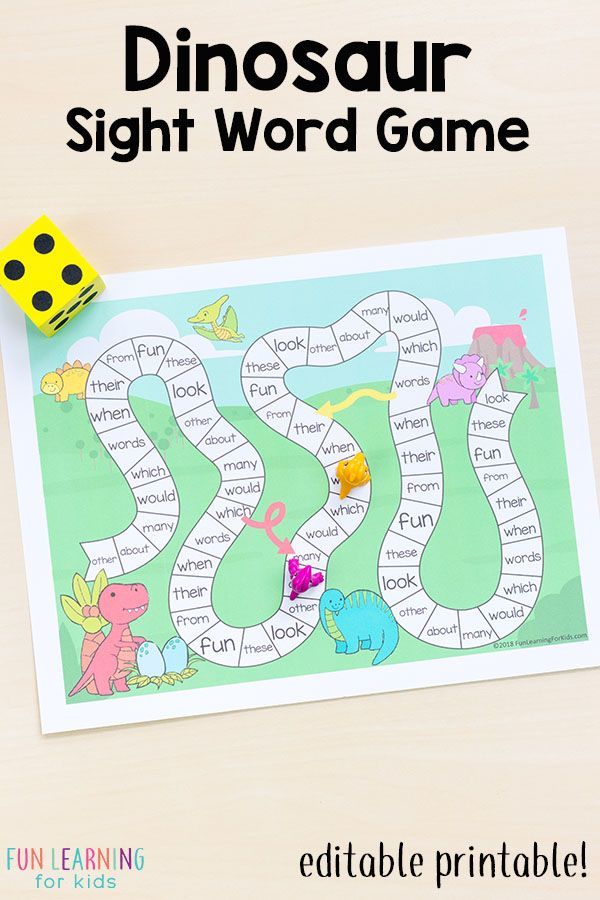
Ghost Spelling
This fun spelling activity truly is magical! Students need a white crayon to write their words. After he/she writes the word, rub a marker over top of the white crayon to reveal the ghost spelling word. Be ready to hear the oooh’s and ahhhh’s!
Download Ghost Spelling HEREABC Order
Teachers are always looking for ways to get students to practice alphabetizing so why not with spelling words? ABC order is the perfect word work activity to practice this skill.
Download ABC Order HEREBuild Cover Spell
Grab a handful of magnet letters and watch the engagement happen with this build cover spell activity. Students choose a word from their list. Then build it with the magnet letters at the top of the sheet. Then cover it with their hand or a piece of paper and while it is covered it needs to get written on the paper.
Download Build Cover Spell HERERainbow Spelling
Grab a handful of markers and rainbow spelling can be a great word work activity! Simply choose a word and then layer the colors red, orange, yellow, green, blue, and purple.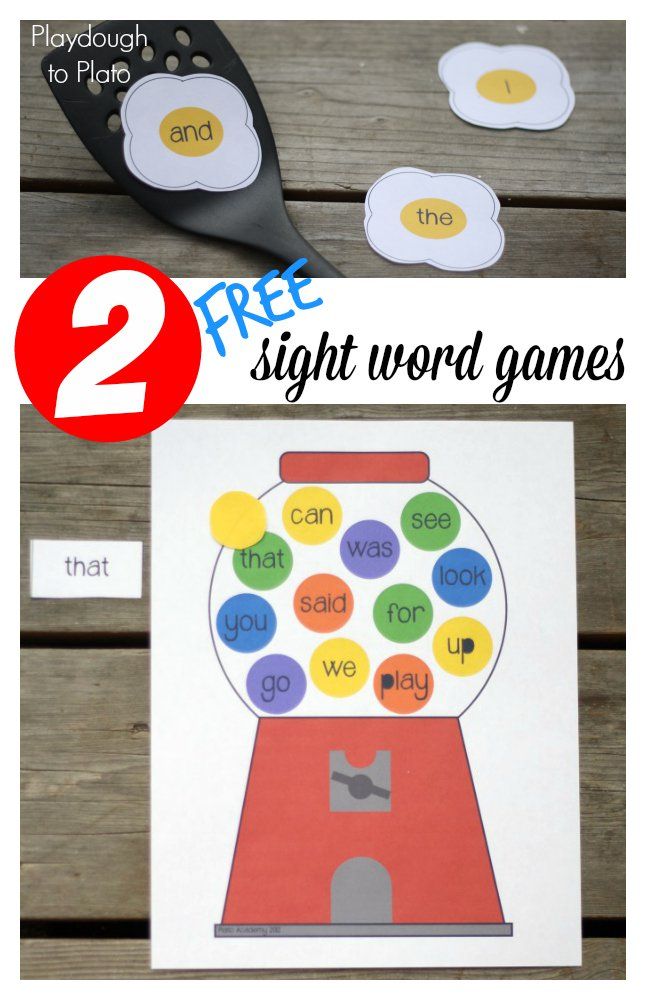 Then repeat with the next word.
Then repeat with the next word.
Pyramid Spelling
For this activity the student layers the letters in the word like a pyramid. It’s a fun and simple way to practice words!
Download Pyramid Spelling HERESpiral Spelling
Spiral spelling is a fun activity that will have the student spinning into success. The student chooses a word and starts on the outside of the spiral and continues to repeat the word over and over until he/she has arrived to the center of the spiral.
Download Spiral Spelling HEREWord Search
Students love word searches so why not have them make one! This word search template is sure to excited and engage students all while providing them with opportunities to practice and study the words!
Download this Word Search sheet HEREBox Spelling
Box spelling serves a couple of intentional purposes. Not only are the students practicing how to spell the words but also are revisiting the formation of the letters!
Download Box Spelling HEREType and Spell
Give students a pretend keyboard and watch their eyes light up with excitement as they pretend to type their words! So fun!
Download Type and Spell HEREStudy the Word
Study the Word is another activity that has several purposes.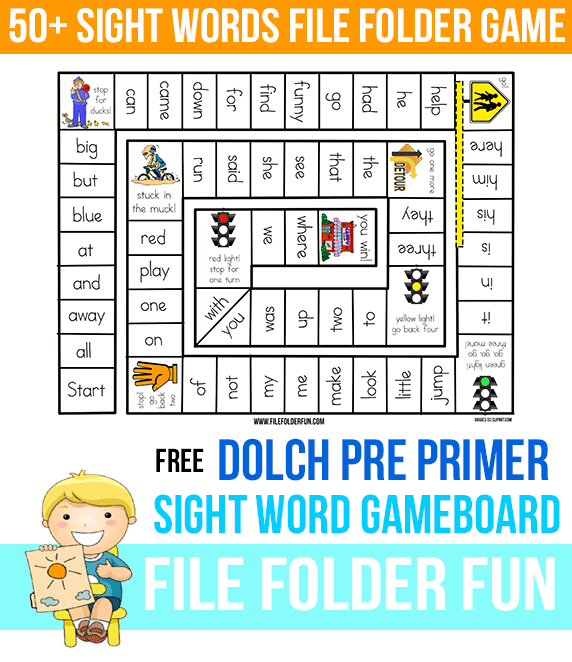 Besides the obvious spelling practice, it also provides an opportunity for the students to practice their vowels, consonants, and syllables.
Besides the obvious spelling practice, it also provides an opportunity for the students to practice their vowels, consonants, and syllables.
Crack the Code
Calling all detectives! Students love Crack the Code! Students create a “code” on the right side of the sheet. When finished, they find a partner to exchange papers with and they solve each other’s codes by figuring out the spelling word for each line and writing it on the right side. The paper gets folded.
Download Crack the Code HERE13.4K shares
- Share720
- Tweet
Word games and exercises for children in kindergarten, Card file of word games in kindergarten
Playing activities of a preschooler > Games for children round, what is oval?
Game progress: The teacher asks the child to name as many round and oval objects as possible. The child starts the game.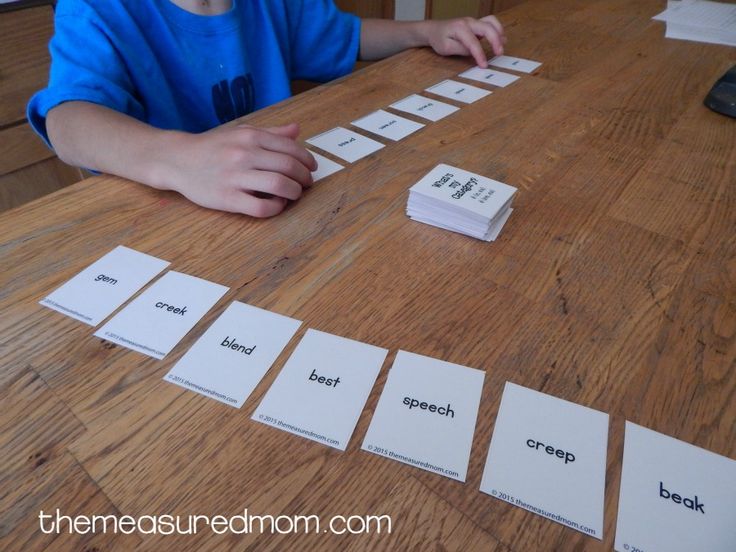
If he cannot name, the teacher starts: “I remembered that an apple is round and a testicle is oval. Now you go on. Remember what shape is a plum, and what is a gooseberry? That's right, the plum is oval, and the gooseberry is round. (Helps the child name objects and compare them in shape: ring-fish, hedgehog-ball, cherry-cherry leaf, watermelon-melon, acorn-raspberry, tomato-eggplant, sunflower-seed, zucchini-apple) .
In case of difficulty, the teacher shows the child a set of pictures and together they arrange them into two groups.
“Flies - does not fly”
Game progress: The teacher invites children to quickly name objects when he says the word “flies”, and then name other objects when he says the word “does not fly”.
The teacher says: “Flies”.
Children call: “Crow, plane, butterfly, mosquito, fly, rocket, dove”, etc. Then the teacher says: “Does not fly”. Children call: “Bicycle, chamomile, cup, dog, pencil, kitten”, etc.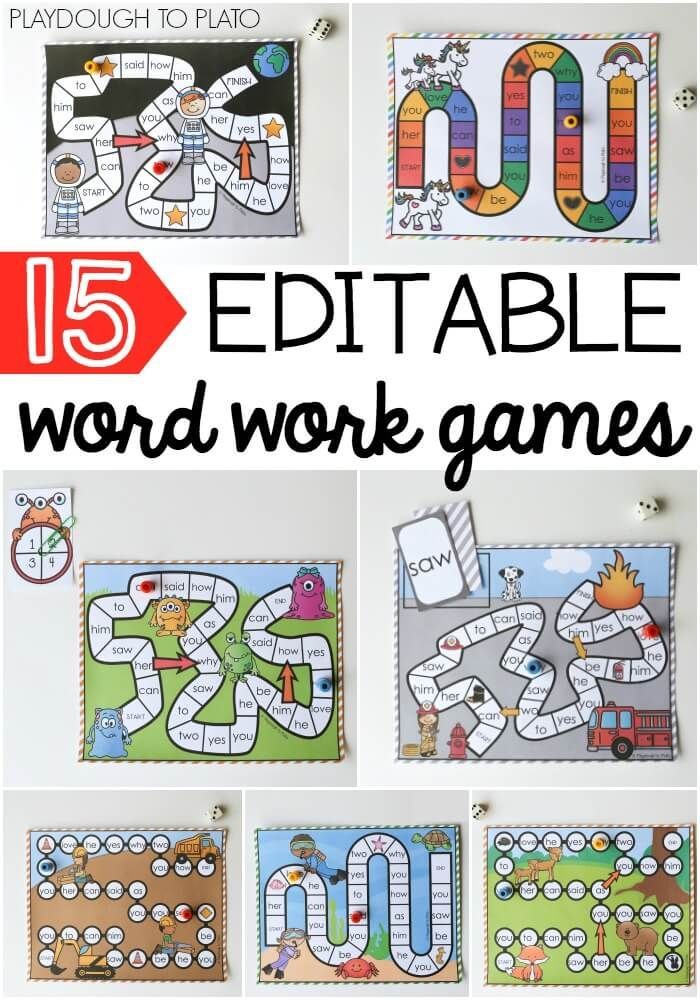 The game continues: the words “flies”, “does not fly” are called by one of the children, and the teacher names the objects together with the children. The game can be played while walking.
The game continues: the words “flies”, “does not fly” are called by one of the children, and the teacher names the objects together with the children. The game can be played while walking.
"Edible - inedible"
The game is played by analogy with the previous one.
"Alive-non-living"
Game progress: First, we explain that we call all living objects "WHO", and inanimate objects "WHAT". Here are some examples.
Then we play questions and answers. You can use picture books.
What is growing? Who is growing?
Who flies? What flies?
Who swims? What is floating?
Who is the biggest? What is the biggest?
Etc.
“What happens below and what happens above?”
Game progress: The teacher invites the children to think and name something that happens only upstairs.
If the children find it difficult, he prompts: “Let's look up, above us is the sky. Does it happen below? No, it always happens only at the top. And what else happens only at the top? Where are the clouds? (stars, moon) . Now think about what happens only below? Look at the ground. Where does the grass grow? Where does she go?” (plants, ponds, earth, sand, stones, etc.) .
Does it happen below? No, it always happens only at the top. And what else happens only at the top? Where are the clouds? (stars, moon) . Now think about what happens only below? Look at the ground. Where does the grass grow? Where does she go?” (plants, ponds, earth, sand, stones, etc.) .
After that, the children independently enumerate the objects of nature that exist only above and those that exist only below.
"What can be sweet?"
Game progress:
The teacher offers the children: Listen carefully, I will name something that is sweet. And if I make a mistake, then I must be stopped, I must say: “Stop!”
The teacher says: "Sugar, marshmallows, raspberries, strawberries, lemons."
The children listen attentively and stop him on the word where he "wrong". Then the children themselves name what is sweet.
“Answer quickly”
Game progress: The teacher, holding the ball in his hands, becomes a circle with the children and explains the rules of the game: “Now I will name some color and throw it to one of you ball.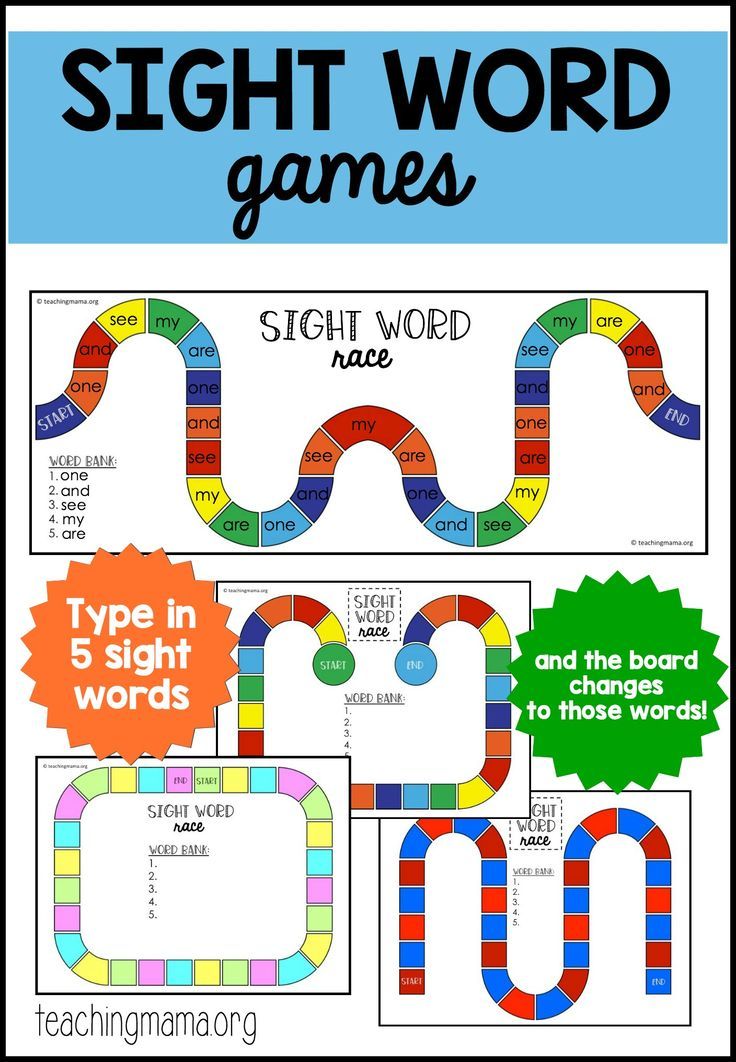 The one who catches the ball must name an object of the same color. Then he himself calls any other color and throws the ball to the next one. He also catches the ball, names the object, then his color, etc.”
The one who catches the ball must name an object of the same color. Then he himself calls any other color and throws the ball to the next one. He also catches the ball, names the object, then his color, etc.”
For example, “Green,” says teacher (makes a short pause, giving the children the opportunity to remember green objects) and throws the ball to Vitya.
"Grass", - Vitya answers and, having said: "Yellow", throws the ball to the next one.
The same color can be repeated several times, as there are many objects of the same color.
The main feature for classification can be not only the color, but also the quality of the object.
The beginner says, for example: "Wooden", and throws the ball.
“Table,” answers the child who caught the ball and offers his word: “Stone”.
"Home" - the next player answers and says: "Iron", etc.
The next time the form is taken as the main feature. The teacher says the word "round" and throws the ball to any player.
"Sun" - he answers and calls another shape, for example "square", throwing the ball to the next player.
Thoth names a square object (window, handkerchief, book) and suggests some form. The same shape can be repeated several times, since many objects have the same shape. When repeating, the game can be made more difficult by offering to name not one, but two or more objects.
“How are they similar?”
Game progress: The teacher invites the children to look around and find two objects that are somewhat similar to each other.
He says: “I will call: the sun-chicken. How do you think they are similar to each other? Yes, that's right, they are similar in color to each other. And here are two more items: a glass and a window. How are they similar to each other? And now each of you will name your two similar objects.
Games to eliminate the fourth "extra" word
“Be careful!”
Game progress: The teacher says to the children: I will name four words, one word does not fit here.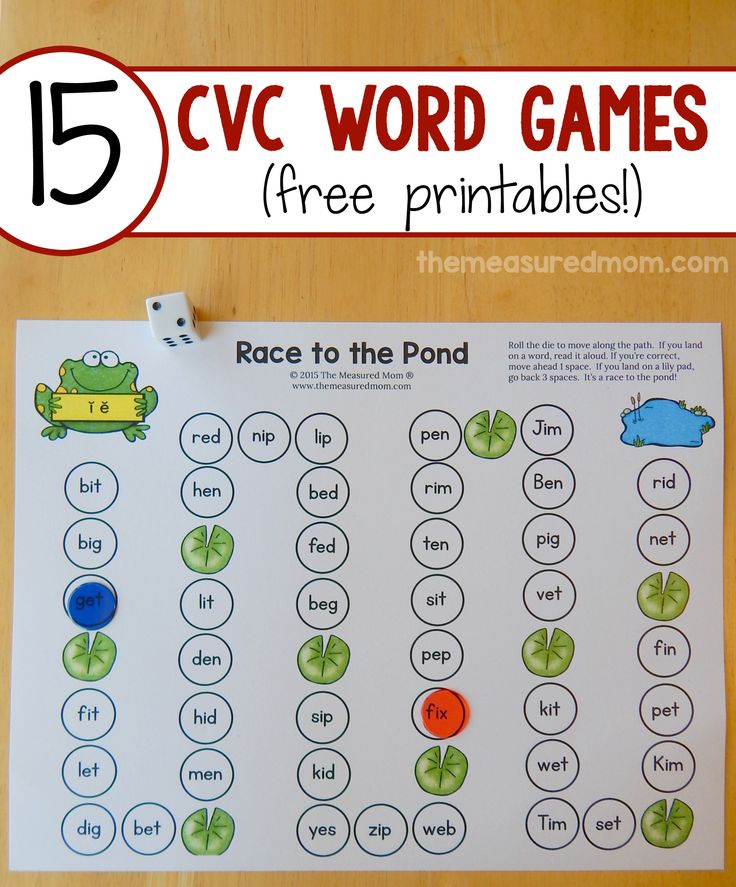 You must listen carefully and name the "extra" word. For example: matryoshka, tumbler, cup, doll; table, sofa, flower, chair; chamomile, hare, dandelion, cornflower; horse, bus, tram, trolleybus; wolf, crow, dog, fox; sparrow, crow, dove, chicken; apple, tree, carrot, cucumber.
You must listen carefully and name the "extra" word. For example: matryoshka, tumbler, cup, doll; table, sofa, flower, chair; chamomile, hare, dandelion, cornflower; horse, bus, tram, trolleybus; wolf, crow, dog, fox; sparrow, crow, dove, chicken; apple, tree, carrot, cucumber.
After each highlighted "extra" word, the teacher asks the child to explain why this word does not fit in this group of words, i.e., to explain the principle of grouping.
“Listen carefully!”
Game progress: The teacher says to the child: “I will name the words, and you will say which word does not fit: cat, fox, horse, cow; tractor, car, rocket, bus; pear, turnip, beet, carrot; book, pencil case, ball, notebook; water, thermometer, medicine, cotton wool.
In case of difficulty, he slowly repeats a certain set of words and helps the child to highlight the unsuitable for some reason.
Find out!
Game progress: What berries do you know? Now I will name the words, if among them you hear the word for a berry, then clap your hands.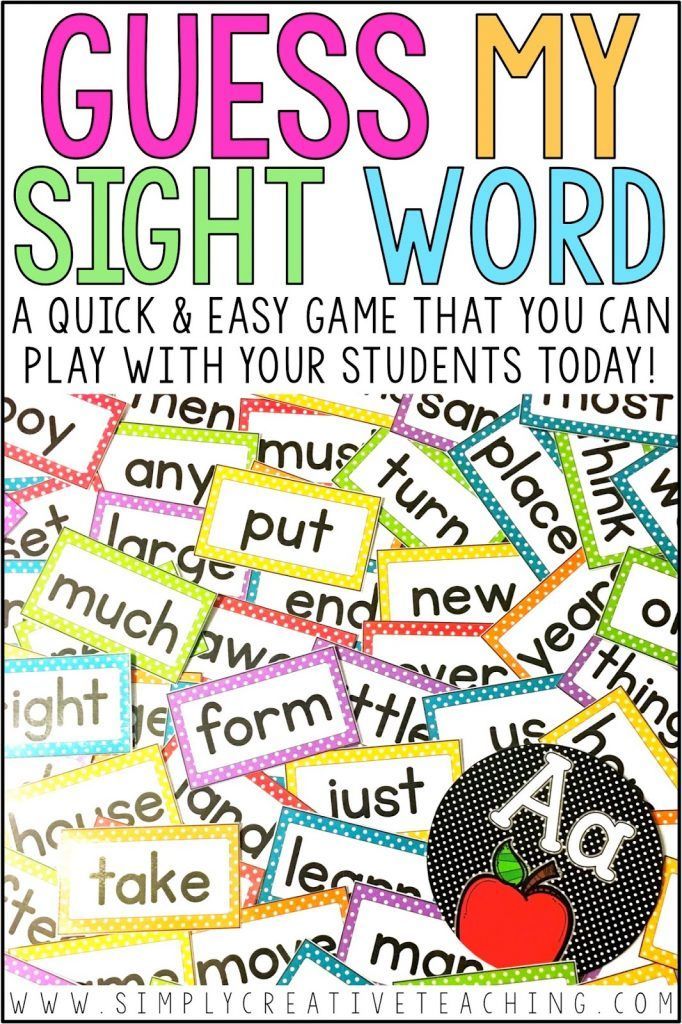
Presentation words - cabbage, strawberry, apple, pear, currant, raspberry, carrot, strawberry, potato, dill, blueberry, lingonberry, plum, cranberry, apricot, marrow, orange.
"Now I'm going to name the words, if you hear a word related to berries, clap once, if it's about fruits, clap twice."
(Words can be used the same, you can come up with others.)
As a basis for systematization, there can be a theme - tools, furniture, clothes, flowers, etc.
Tell me, what are the similarities in taste? color? size?
- lemon and pear
- raspberry and strawberry
- apple and plum
- currant and gooseberry
What is the difference in taste? color? size?
Divided into groups
Game progress: "What groups do you think these words can be divided into? Sasha, Kolya, Lena, Olya, Igor, Natasha.
What groups can be made from these words: dove, sparrow, carp, titmouse , pike, bullfinch, zander".
“Pick up the words”
Game progress:
- Match as many words as possible that can be attributed to the wild animals group (pets, fish, flowers, weather phenomena, seasons, tools and etc.) .
- Another version of the same task.
Use arrows to connect words that match the meaning:
ball | furniture
poplar | flower
cabinet | insects
plate | wood
coat | clothing
ant | crockery
pike | toy
rose | fish
“Similarities and differences”
Game progress: Invite the child to indicate the similarities and differences of the following pairs of words:
Book - notebook | Day - night
Horse - cow | Tree - bush
Telephone - radio | Tomato - cucumber
Airplane - rocket | Table - chair
"Find the opposite object"
Game progress: Calling any object (for example, sugar) , you need to name as many others as possible that are opposite to this one.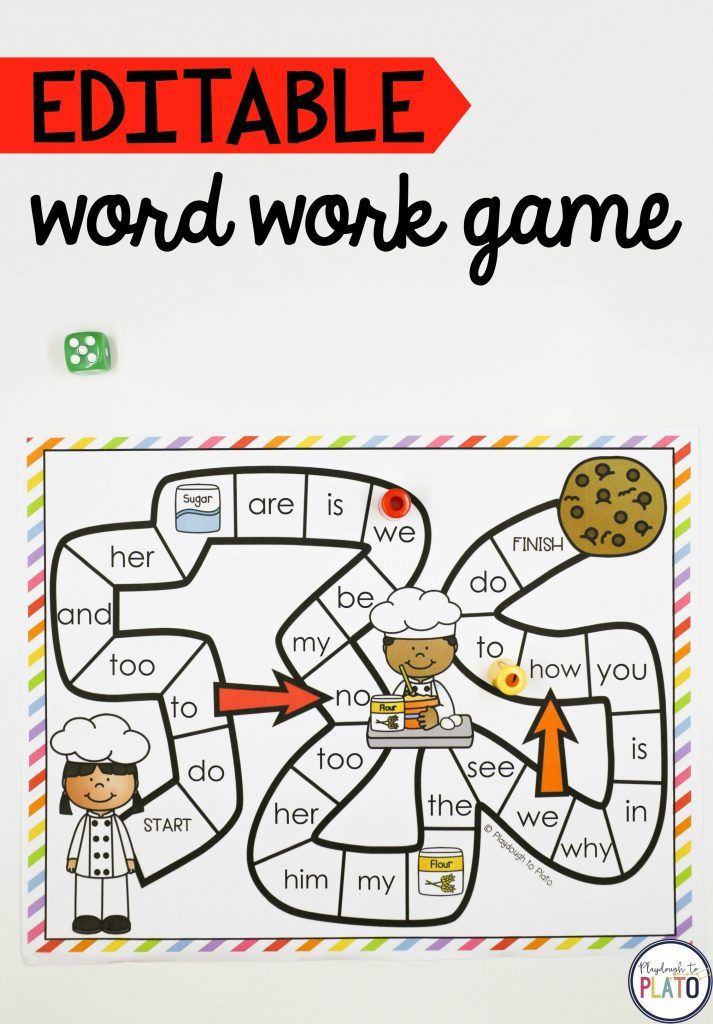 It is necessary to find opposite objects according to the function "edible - inedible", "useful - harmful", etc., on the basis of (size, shape, condition) , etc.
It is necessary to find opposite objects according to the function "edible - inedible", "useful - harmful", etc., on the basis of (size, shape, condition) , etc.
"Search for an analogy"
Game progress: A word is called, for example, a briefcase. It is necessary to come up with as many "analogues" as possible, i.e. other items similar to it in various essential features (bag, sack, backpack, etc.) Game progress: Invite the child to name a group of objects in one word. We call many specific objects with one word. For example, birch, pine, oak, etc. we call trees.
Invite the child to name in one word:
- a table, a chair, a cupboard are...
- a dog, a cat, a cow are...
- a cup, a saucer, a plate are...
- cornflower, chamomile, tulip - this.
"Find a common word"
Game progress: This task contains words that are united by a common meaning. It is necessary to try to convey this general meaning in one word.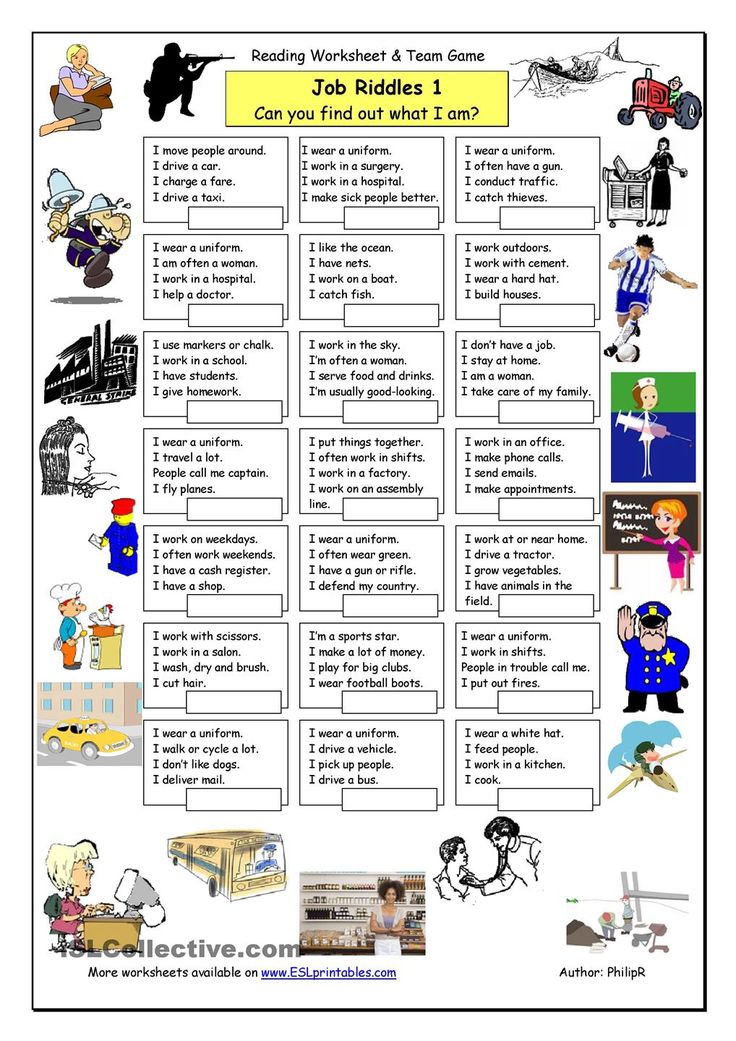
What is the common word for the following words:
- Faith, Hope, Love, Elena
- a, b, c, c, n
- table, sofa, armchair, chair
- Monday, Sunday, Wednesday, Thursday
- January, March, July, September.
The generalizing word can be "spring months", or it can be "months of the year", etc.
A more complex version of the exercise contains only two words for which it is necessary to find a common concept.
Find out what the following words have in common:
a) bread and butter (food)
b) nose and eyes (parts of the face, sensory organs)
c) apple and strawberries (fruits)
d) clock and thermometer 900 Devices)
D) Kit and Lev (animals)
E) Echo and mirror (reflection)
“Words-twin”
Course of the game: This exercise is associated with this a phenomenon of the Russian language, like homonymy, that is, when words have different meanings, but are the same in spelling.
Which word means the same as the words:
1) a spring and something that opens the door;
2) the girl's hair and a grass cutter;
3) a branch of grapes and a drawing tool.
Think of words that are the same in sound but different in meaning.
Additional tasks for the exercise:
4) a crying vegetable and a weapon for shooting arrows (burning vegetable and small arms) ;
5) part of a gun and part of a tree;
6) things to paint on and greenery on the branches;
7) a construction site hoist and a mechanism that must be opened to allow water to flow.
"What is needed"
Game progress: The car runs on gasoline or other fuel; tram, trolleybus or electric train are powered by electricity. All this together can be attributed to the group "transport".
Seeing an unfamiliar car (e.g. truck crane) , they ask: what is it? Why?
Similar exercises are performed with other concepts: tools, utensils, plants, animals, furniture, etc.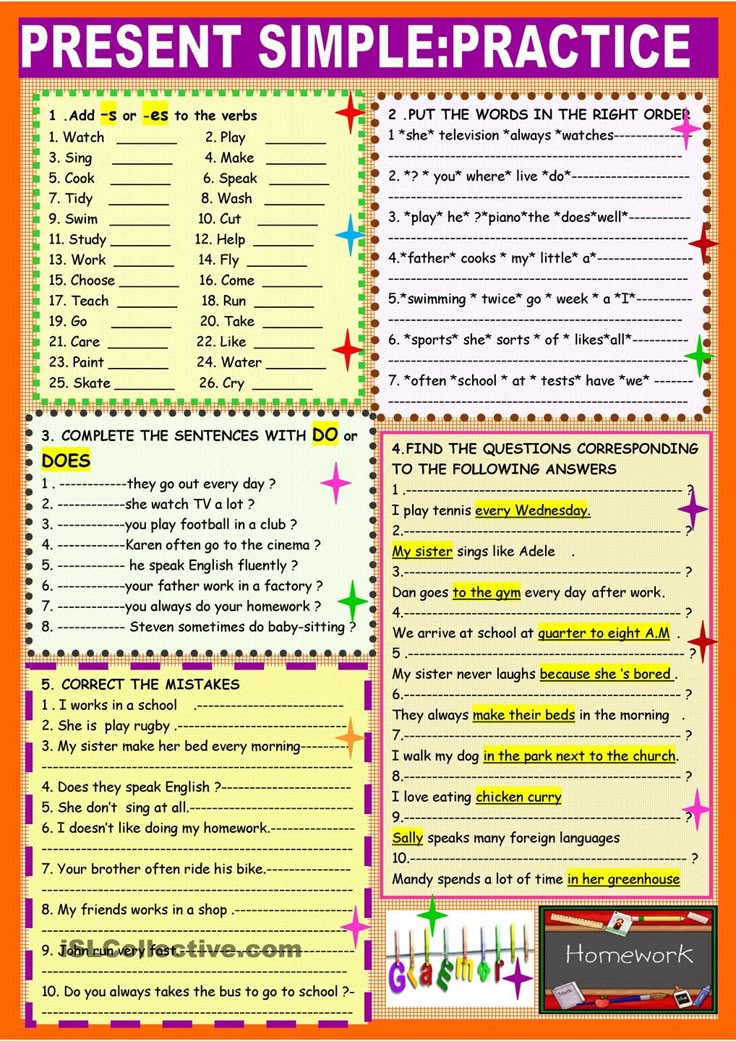
"Why?"
Game progress: Now I will tell you words, and you will answer me, which is more, which is less, which is longer, which is shorter.
- Pencil or pencil? Which one is shorter? Why?
- Cat or whale? Which one is more? Why?
- Boa constrictor or worm? Which one is longer? Why?
- Tail or ponytail? Which one is shorter? Why?"
The teacher can come up with his own questions, focusing on the above.
"Choose the main thing"
Game progress: An adult says to the children: Now I will read a series of words. From these words you will have to choose only two, denoting the main features of the main word, i.e., without which this object cannot exist.
Other words are also related to the main word, but they are not main.0003
For example, a garden... What do you think, which of these words are the main ones: plants, gardener, dog, fence, earth, i.e. something without which a garden cannot exist? Can there be a garden without plants? Why?.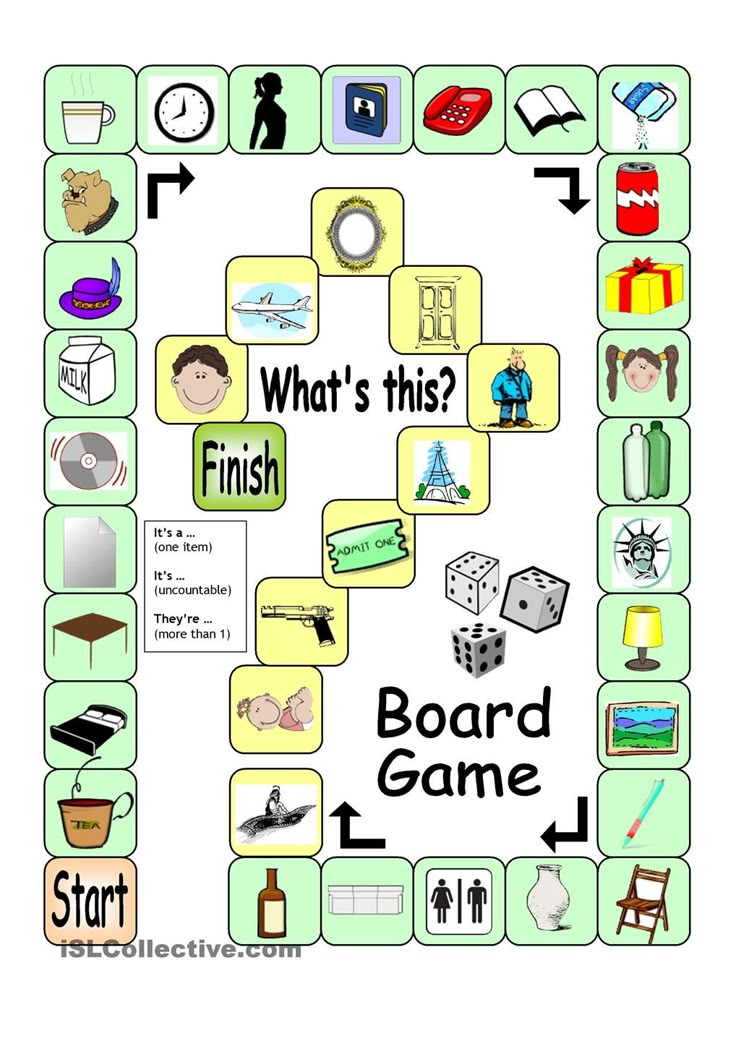 .. Without a gardener... a dog... a fence... land?.. Why?
.. Without a gardener... a dog... a fence... land?.. Why?
Each of the proposed words is analyzed in detail. The main thing is that children understand why this or that word is the main, essential feature of this concept.
Sample tasks:
a) Boots (laces, sole, heel, zipper, shaft)
b) River (shore, fish, angler, mud, water)
c) City (car, building, crowd, street, bicycle)
d) Barn (hayloft, horses, roof, livestock, walls)
e) Cube (corners, drawing, side, stone, wood)
f) Division (class, dividend, pencil, divider, paper)
g) Game (cards, players, fines, penalties, rules)
h) Reading (eyes, book, picture, seal, word)
and) War (plane, guns, battles, rifles, soldiers)
“Dunnet”
Two games: The host thinks of a word or tells the conditions of some completely unusual situation, and the players (children or adults) must guess the word or explain the situation by asking questions that can be answered with one of five answers: "yes"; "No"; "Yes and no"; "there is no information about it"; "it's not significant. "
"
For example: "I thought of a plant in the middle zone. In ten questions, determine the plant that I thought of."
Themes for "danetok" and possible continuation of the game.
What vegetable did I have in mind?
- Is it a root vegetable? (Carrot, beet, radish)
- Is it a leafy vegetable? (Cabbage, lettuce)
- Is it a fruit vegetable? (Tomatoes, cucumbers)
What name did I think of?
- Is it a male name?
- Does the name begin with a vowel?
- Is there such a name in our group?
What piece of clothing did I have in mind?
- Is this outerwear?
- Are these men's clothes?
What fairy tale did I have in mind?
- Is this a Russian fairy tale?
What historical figure did I have in mind?
- Is this a man?
What must I do in the morning?
What color do I have in mind?
What property of ice cream, light bulb, watermelon, pencil did I guess?
What country did I have in mind?
What kind of writer, storyteller, poet, scientist did I have in mind?
What famous battle did I have in mind?
"Black box"
Game progress: Children are shown a "black box" or just a bag, briefcase and are asked to guess what is there in 10 questions? Etc.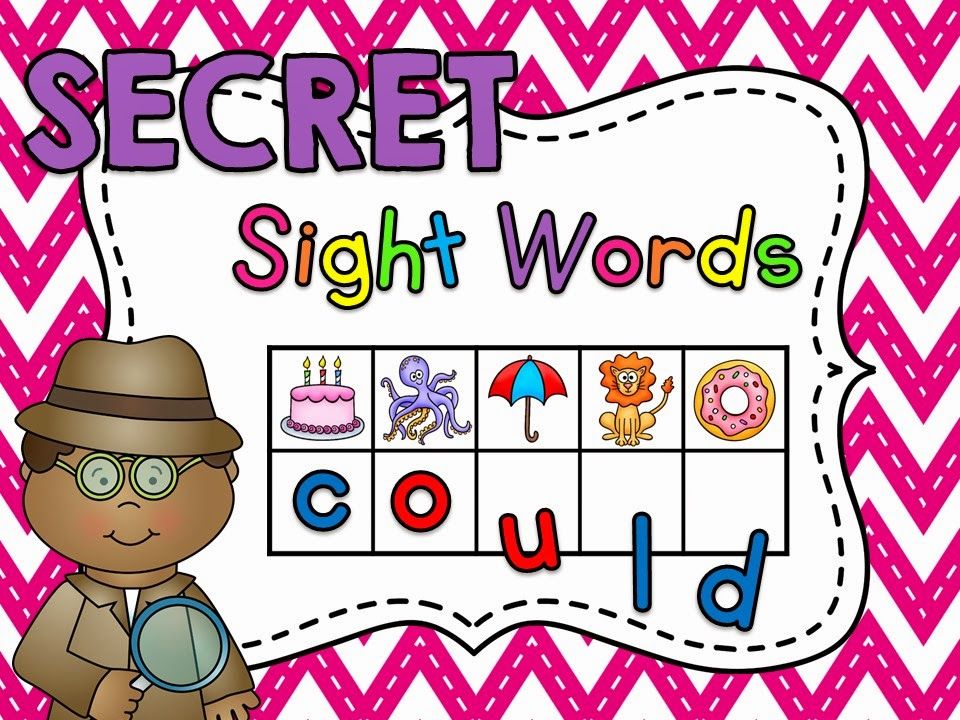
- Is there a man-made object? Is there something soft? Is there something metallic? Etc.
List the items
Game progress: One leader is selected from the group of children. He leaves the room for 2 minutes. At this time, 7 objects are placed on the table in the room and the situation is thought about. For example, children think of the situation "I'm going for a walk", then 7 items of clothing should lie on the table.
The driver is invited, the situation is told to him and he is allowed to inspect the table for 1-2 minutes. Then he turns his back to the table and faces the group of children and starts listing the things on the table. After each correct answer, the group says "Correct!", after the wrong - "Wrong!". If the driver has not listed all the items, the group says which items he forgot.
"Opposite"
Game progress: The leader calls the group of children a word. The task is to name a word denoting the opposite object.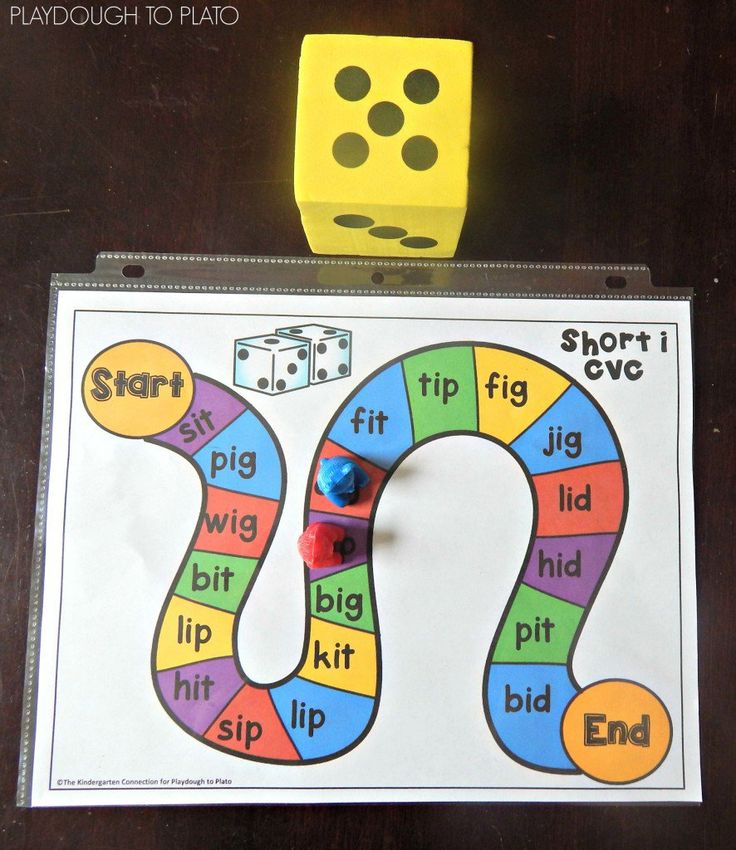
For example, the facilitator says the word "cup". Children can name the following items: "board" (the cup is convex, and the board is straight) , "sun" (the cup is made by a person, and the sun is part of nature) , "water" (water is a filler, and a cup is a shape) etc.
Each child in turn offers his answer and always explains why he chose that particular subject.
"Come up with a riddle"
Game progress: A leader is selected from a group of children. His task is to come up with a riddle. The group must solve this riddle. Then another child comes up with a riddle, and so on. Children of 6 years old love to come up with riddles, the game is lively.
“Who is whom (than) will be?
Game progress: The good thing about the game is that you can play with the company or together with your child anywhere. Ask each other questions, make sure that the baby answers the question correctly.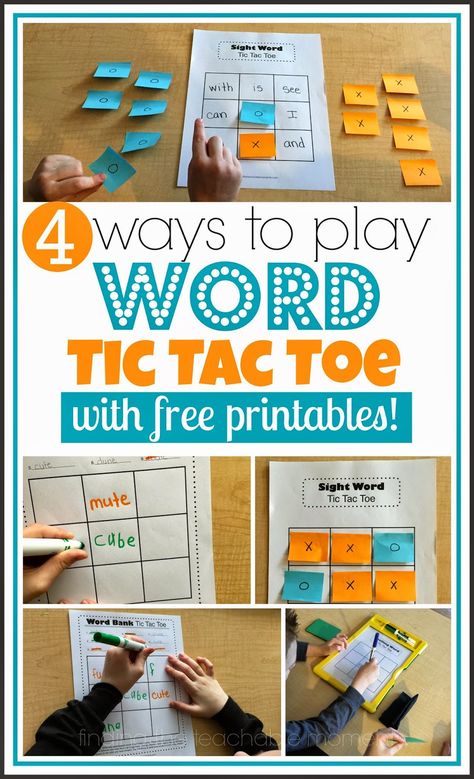
Who will the egg be? (may be a chick, a crocodile, a turtle, a snake.)
- a chicken - a rooster;
- a boy - a man;
- calf - cow or bull - paper - book;
- snow - water;
- water - ice;
- seed - flower;
- flour - pancakes;
etc.
Reverse game: "Who was who?".
- a horse - a foal
- a flower - a seed
"The third extra"
Game progress: An adult says three words - an owl, a crow, a fox. The child should quickly analyze these three words in his mind and determine that all three words refer to wildlife, however, an owl and a crow are birds, and a fox is not. Therefore, the fox is superfluous here.
More examples for younger preschoolers:
- milk, juice, bread - all three words mean edible. But they drink milk and juice, but eat bread;
- car, horse, tram;
- hat, scarf, boots;
- rose, birch, tree.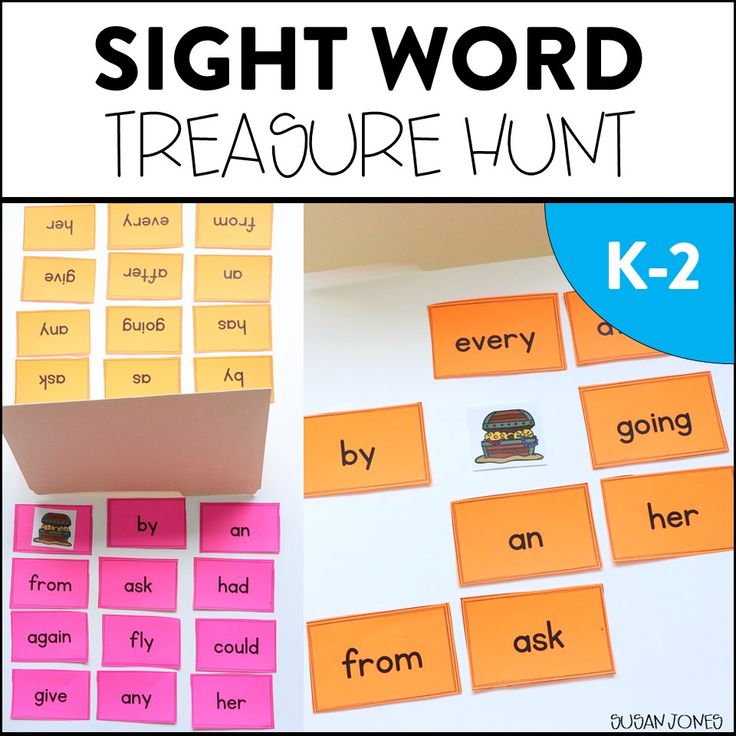
For children aged 5-7 the tasks become more difficult:
- rain, snow, river;
- doctor, tourist, driver;
- shadow, sun, planet;
- frost, blizzard, January;
- stone, clay, glass;
- door, carpet, window;
- sea, river, pool.
“What happens?”
Game progress: First, the adult asks questions, and the child answers. Then you need to give the child the opportunity to express themselves.
Examples:
- What is high? (tree, pole, man, house) . Here it is appropriate to ask which is higher - a tree or a house; person or pole.
- What is long? (short)
- What is wide (narrow) ?
- What is round (square) ?
A variety of concepts can be included in the game: what is fluffy, soft, hard, sharp, cold, white, black, etc.
“What is outside, what is inside?”
Game progress: The adult names a couple of objects, and the child says what can be outside and what can be inside. House - closet; book - cabinet; purse; wallet-money; pan - porridge; aquarium - fish; booth - dog; nora - fox.
House - closet; book - cabinet; purse; wallet-money; pan - porridge; aquarium - fish; booth - dog; nora - fox.
Then switch roles - let the child think of pairs of words.
Who is this?
Game progress:
Option 1: We ask questions: who treats the sick? Who teaches children at school? Who is preparing dinner? Who is working on the tractor? Who delivers letters and newspapers? Who sews the dress?
Option 2: Questions: what does the janitor do? What does the doctor do? What does an electrician do? What does the teacher do? What does the driver do? What does a painter do? What does a hairdresser do?
3rd option: We come up with riddles. For example: this person works on the street, he has a broom, a shovel.
4th option: "Who needs what?" What does the postman need? What does a hairdresser need? And vice versa: who needs scissors? Who needs a needle?
"Guess the object by its parts"
Game progress: Children name the parts of the object.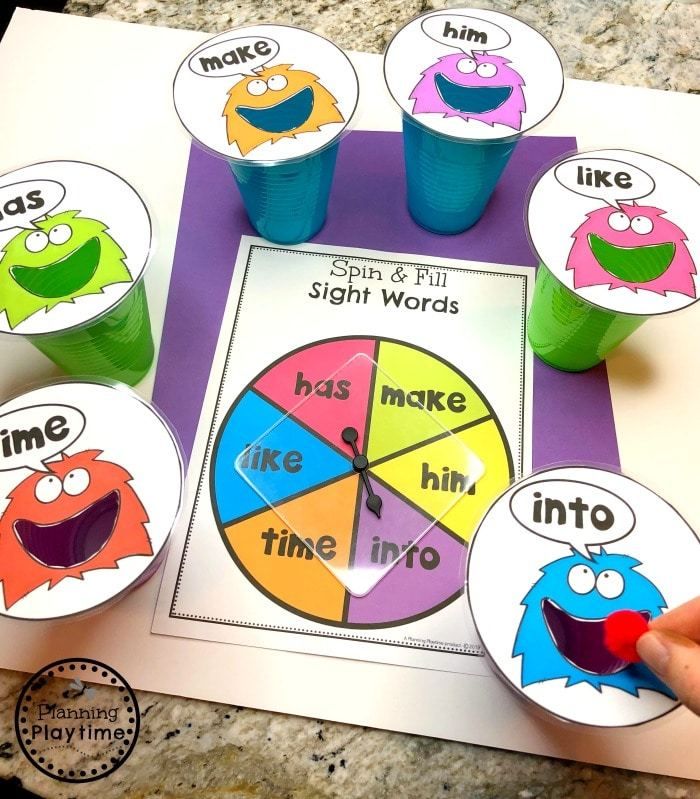 The first person to guess what it is about gets one point. This option is good because you can play together with your child anywhere. For example, on the way to kindergarten, while waiting in line to see a doctor, etc.
The first person to guess what it is about gets one point. This option is good because you can play together with your child anywhere. For example, on the way to kindergarten, while waiting in line to see a doctor, etc.
Examples:
Four legs, backrest, seat.
Numbers, arrows.
Letters, pictures, sheets.
Trunk, branches, leaves.
Root, stem, leaves, petals.
Screen, buttons, electric cord, remote control.
Spout, handle, lid, electric cord.
Paws, tail, collar.
Paws, tail, trunk.
Does everything seem too simple at first glance? But in fact, not all children can describe objects. Try it!
"Guess the item from the description"
Game progress: Game conditions are the same as in the previous one. But the task here is more difficult. It is necessary not only to find the correct definitions of objects, but also to correctly coordinate adjectives and nouns by gender, as well as to know such concepts as furniture, vegetables, fruits, insects, domestic and wild animals, etc.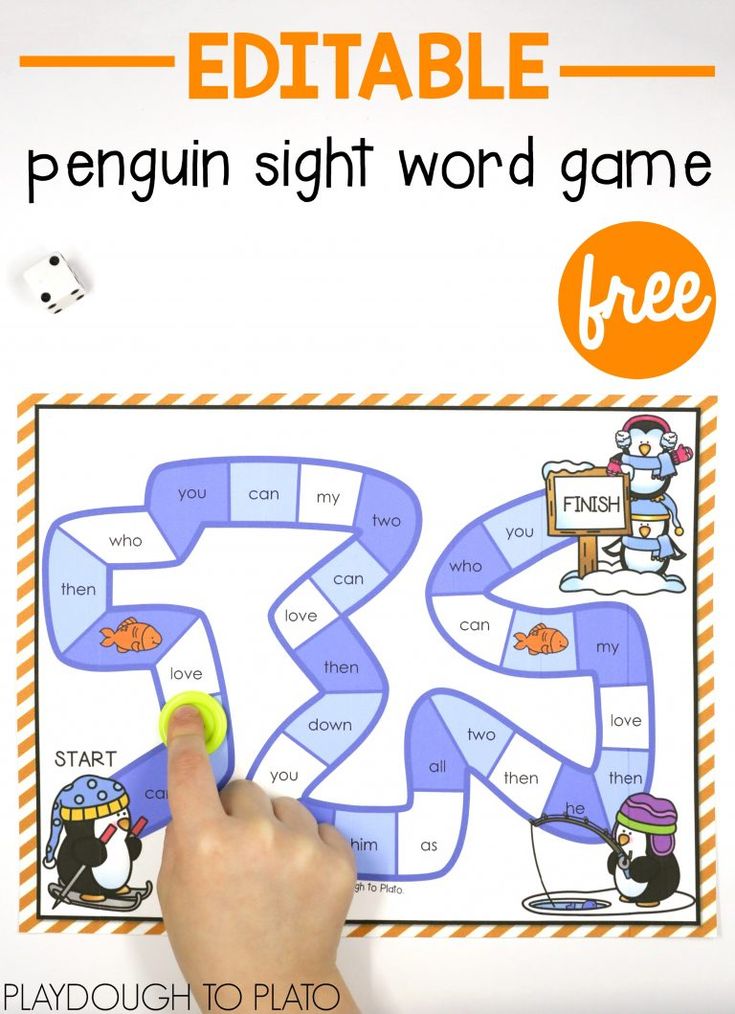
Wild animal, lives in the forest , big, shaggy, likes honey.
Wild animal, sly, red, with a fluffy tail.
Insect, with colorful wings, similar to a flower.
Transport, large, heavy, with wings and tail.
Vegetable, red, round, put in salads and soups.
Sweet, small, in a beautiful paper.
“Think and choose!”
Game progress: Now I will read you a proverb, and you try to find a suitable phrase for it that reflects the general meaning of the proverb, for example:
Measure seven times, and cut once
a) If you cut it wrong yourself, then do not blame the scissors
b) Before you do it, you need to think carefully
c) The seller measured seven meters of fabric and cut it off
The right choice here is "Before you do, you need to think carefully"
Example tasks:
1. Better less is better.
a) One good book is more useful to read than seven bad ones.
b) One delicious cake is worth ten bad ones.
c) What matters is not quantity, but quality.
2. If you hurry, you will make people laugh.
a) The clown makes people laugh.
b) To do a job better, you need to think about it well.
c) Haste can lead to ridiculous results.
3. Strike while the iron is hot.
a) A blacksmith forges hot iron.
b) If there are favorable opportunities for business, you should immediately use them.
c) A blacksmith who works slowly often gets more done than one who is in a hurry.
4. There is nothing to blame on the mirror, if the face is crooked.
a) You should not blame the cause of failures on circumstances, if the problem is in yourself.
b) A good quality mirror does not depend on the frame, but on the glass itself.
c) The mirror hangs crooked.
5. The hut is not red in the corners, but red in the pies.
a) You can't eat pies alone, you have to eat rye bread too.
6) A case is judged by its results.
c) One tasty cake is worth ten bad ones.
6. Done the job - walk boldly.
a) If you did a good job, you can rest.
b) The boy went for a walk.
7. Skilful hands do not know boredom.
a) Petr Ivanovich never gets bored.
b) A master of his craft loves and knows how to work.
8. Don't get into your sleigh.
a) If you don't know the job, don't take it on.
b) In winter they ride on a sleigh, and in summer on a cart.
c) Ride only on your own sleigh.
9. All that glitters is not gold.
a) The copper bracelet shone like gold.
b) Outward brilliance is not always combined with good quality.
c) What seems good to us is not always good.
Gaming activity:
| | | | | in preschool
7 word games suitable for children of any age
When there is no energy left for active games that require careful preparation, word games come to the rescue.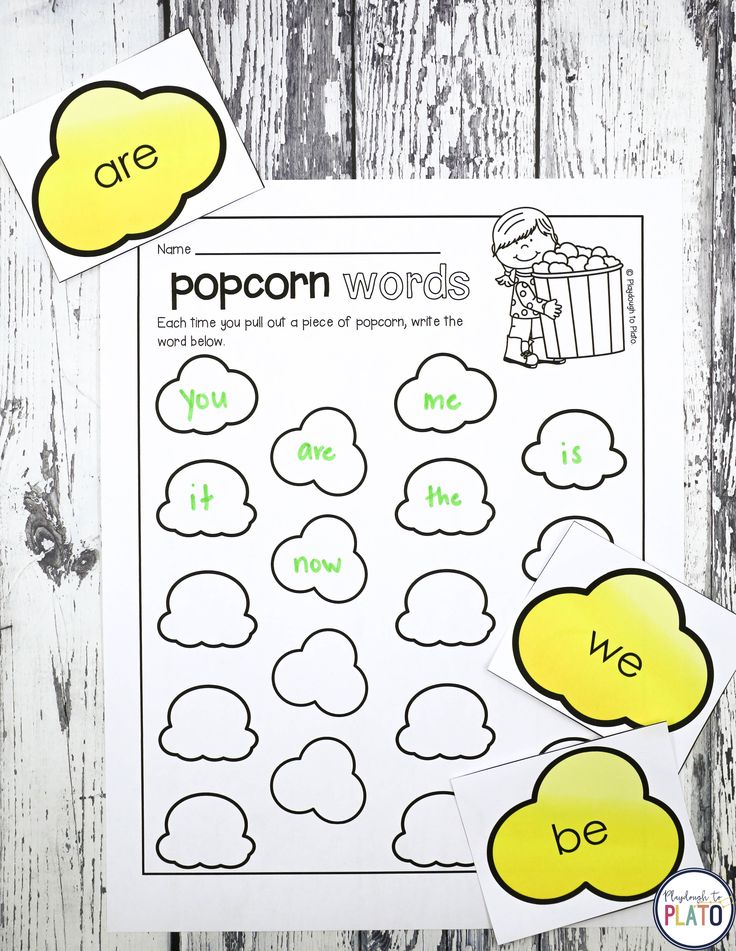 We've put together a selection of seven cool games that all you need to do is be in the company of more than two people and be in a good mood! You can also play them via video link.
We've put together a selection of seven cool games that all you need to do is be in the company of more than two people and be in a good mood! You can also play them via video link.
1. "Guess the word!"
Number of players: from 2 people
Very simple and funny game. Headphones are put on one player, in which music plays loudly so that he does not hear anything. His task is to guess the word by the lips when another player says it. If several people are involved, then you can explain the word in turn or split into pairs.
2. "I will never..."
Number of players: from 2 people
Today this game has many variations. We offer the most common version. Participants take turns to name some action that they have never done. For example, player A says, "I've never been late for class." Everyone who was late for them bends one finger. The game continues until one of the participants has all their fingers bent. According to the main version of the game, the person who was the first to bend all the fingers lost, but lived the most eventful life!
By the way, you can also play in English if you want a different level of difficulty.
3. "Thematic words"
Number of players: from 2 people
The rules of the game are extremely simple. You and other participants need to come up with a topic on which you will name the words. For example, "school". Then all participants in a circle should name nouns that relate to the main topic. If one of the participants thinks for more than five seconds or repeats an already spoken word, he is eliminated. The last one left wins. When the circle is over, you can start a new one on a different topic until one of the participants wins, for example, three times.
4. "P"
Number of players: from 3 people
First, all players need to agree on which words will be used throughout the game: only nouns, or names, verbs and phrases can be used. Then one player guesses a word in the ear of the other. He must explain it to another participant in the game, using only words beginning with the letter "p" to describe it. For example: “Please look, think, the postman brings mail .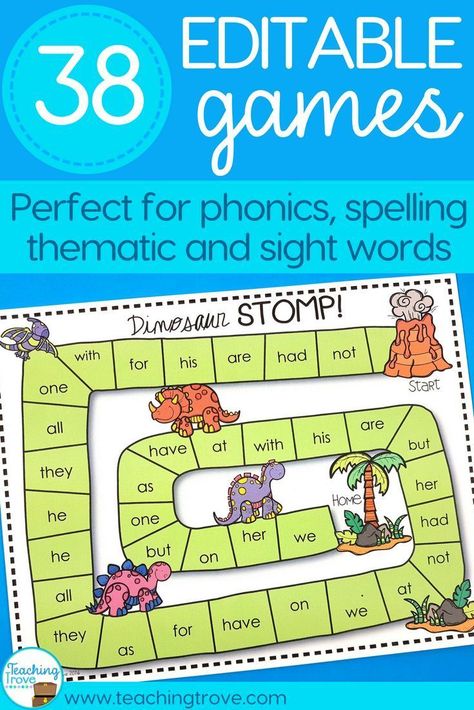 ..” The task of all players is to name the hidden word. When it is named, the explainer comes up with a new one for the guesser.
..” The task of all players is to name the hidden word. When it is named, the explainer comes up with a new one for the guesser.
If this version of the game is already fed up, we suggest guessing not only a word, but also a letter with which the player needs to explain the word.
By the way, the explainer also needs to express agreement or disagreement with the train of thought of the players who guess, only in words beginning with the chosen letter. For example, "right" and "think better."
5. "I'm taking with me on a hike ..."
Number of players: from 3 people
At the beginning of the game, you need to choose a leader. This person must come up with a principle by which he will take others with him on a campaign. For example, those who name objects with a specific letter, or those whose words consist of five letters.
Next, the players take turns saying the phrase "I'm taking with me on a hike ..." and naming the object. If he fits the conceived principle, then the leader answers: "Yes, and you are going on a hike with me.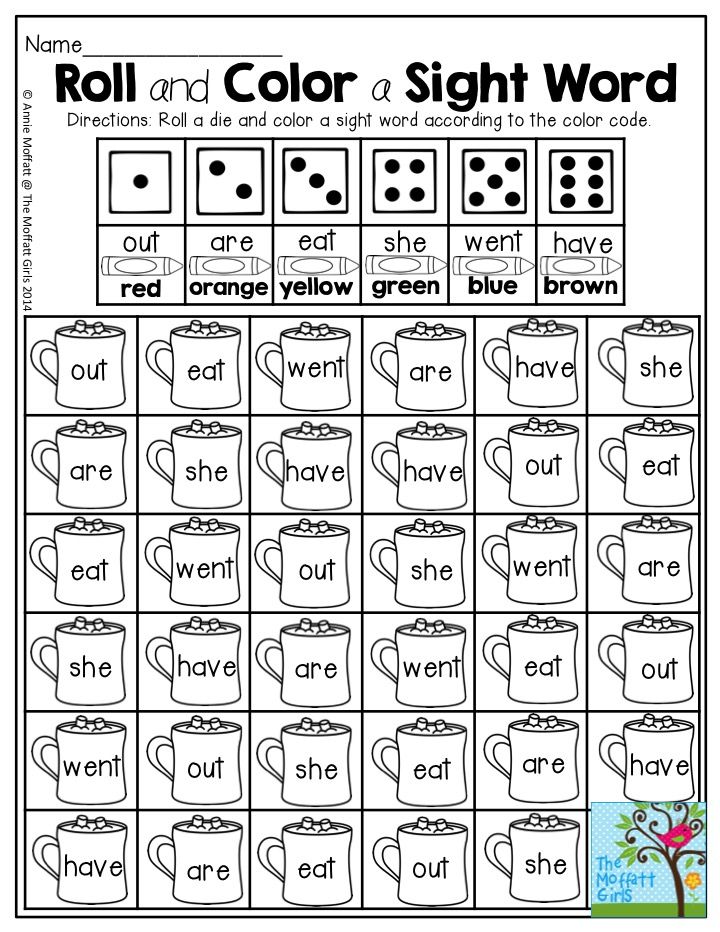 " If the word does not fit: "No, you are not going camping with me."
" If the word does not fit: "No, you are not going camping with me."
The task of all players is to guess the principle by which the leader selects people. If one of the participants guesses, he should quietly express his guess in the ear of the presenter or write on the phone. The game continues until everyone has guessed the principle.
6. Alibi
Number of players: from 4 people
At the beginning of the game, you need to choose two people who will play the role of criminals. They must isolate themselves from the rest in another room and think through to the smallest detail what they did together on the day they robbed the bank: what the weather was like, what they were wearing, who they met on the street, the whole sequence of actions. The main goal of criminals is to come up with the perfect alibi.
While they are doing this, the other players turn into detectives. They need to come up with 10-15 questions that they will ask the criminals in order to bring them to clean water and solve the crime.
When both teams are ready, the first criminal enters the room and begins to tell what he did on the day of the crime, from morning to evening. It is important that the second criminal at this moment remains in another room and does not hear the speech of the first. When the first one finishes speaking, the detectives ask him prepared questions and memorize the answers. After that, the second criminal enters the room, tells his story and also answers questions.
The team of detectives wins the game if they find three inconsistencies in the criminals' story. For example, one said that they were traveling in the morning by bus, and the other by car. If no disagreement is found, then the team of criminals wins. The number of questions and inconsistencies may change at the request of the participants.
7. "Contact"
Number of players: from 4 people
At the beginning of the game, a leader is chosen. He thinks of a word - a noun in the singular.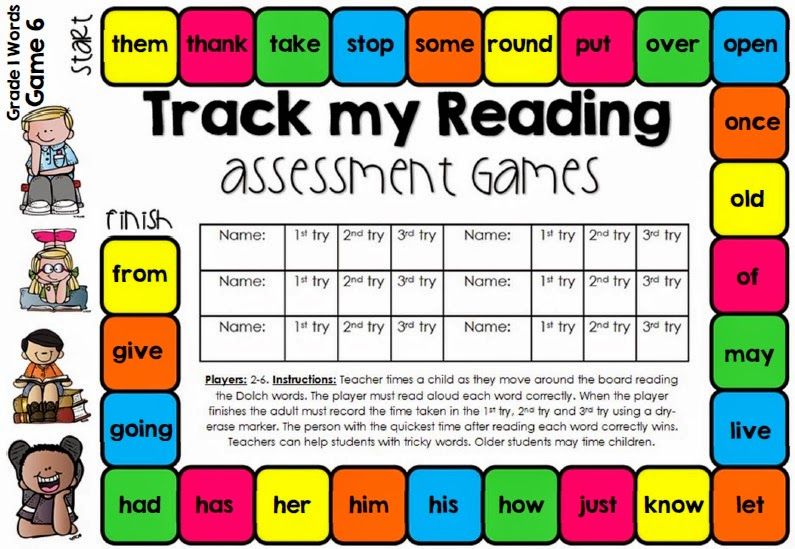 And calls the other participant the first letter. For example, "a".
And calls the other participant the first letter. For example, "a".
Next, any player from the team who has come up with a word for this letter must begin to explain it to his teammates. It is necessary that they guess, but not the host. For example, Sasha says: "This is such a sweet large red fruit that everyone eats in the summer." If one of the players guessed what it was about, he should say: "There is a contact." After that, they together count aloud from one to five. If the word matches, the leader calls the next letter. For example, in". Players must now come up with words based on the beginning with "av". If the words of the players did not match or the leader managed to name the word while two players counted to five, then the participants continue to play with one letter.
Explain with an example. The host announces that his word begins with the letter "a". Sasha comes up with any word and says: “Guys, this is such a public transport ...” Roma guesses what it is about and says: “There is a contact!” Together they count to five, and both say the word "bus" aloud.


